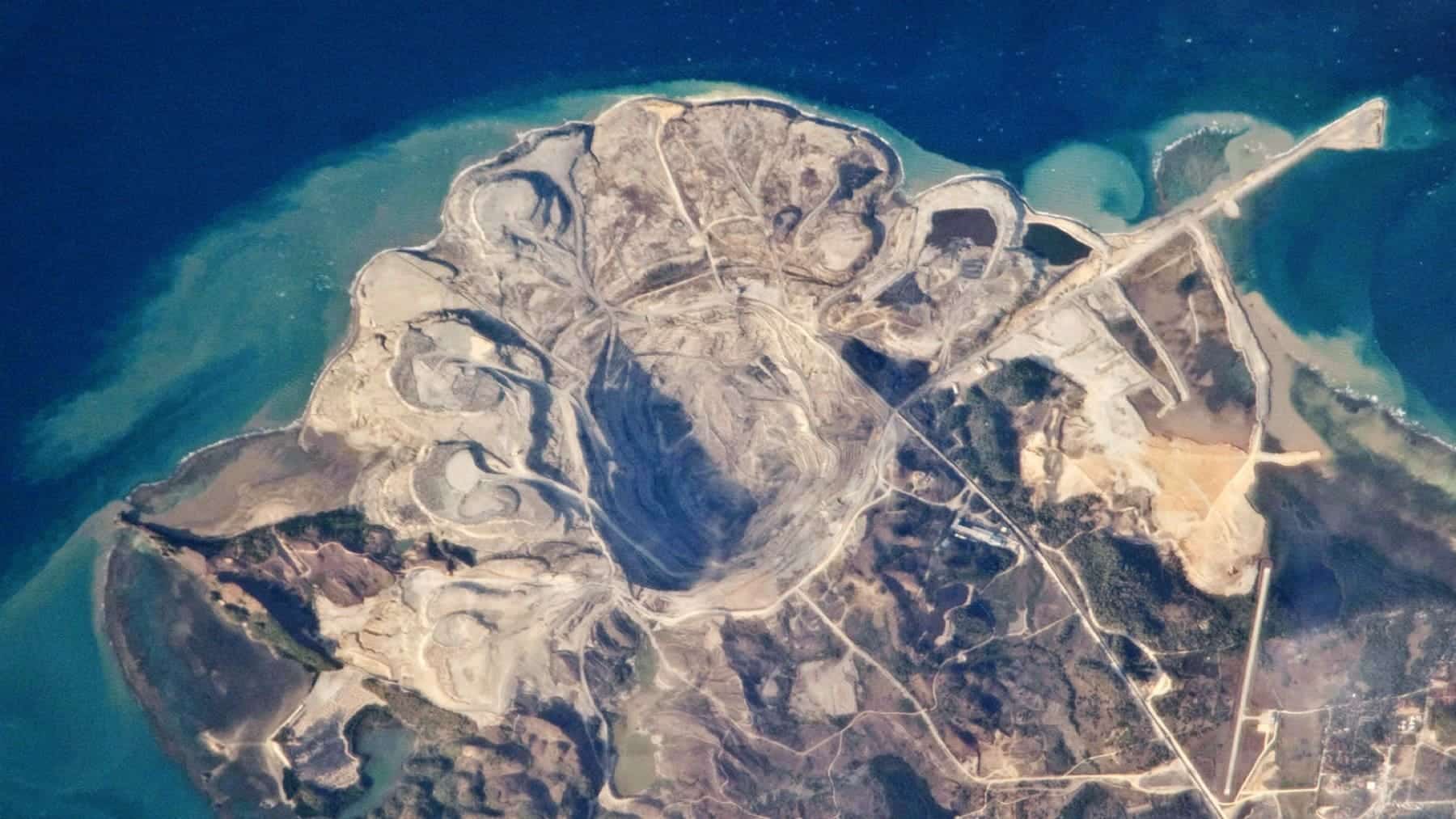Beneath the tranquil fields of America is one of the largest mine reserves, 57 million tons of black energy. It’s deeply buried, enigmatic, and powerful, but it greatly contributes to America’s current energy landscape. Even unseen underground and occasionally seen from the surface, this fuel source can still shape the future of energy in America.
What lies beneath, and what we really mean by America’s ‘black energy’?
‘Black energy’ refers to coal, a fossil fuel created over millions of years from petrified plant life. The reserve mentioned here is massive, estimated by the U.S. Energy Information Administration at a possible 57 million tons, if not more. However, not all the material can be recovered, and this is a situation waiting for a solution.
One of America’s largest coal deposits is in the Powder River Basin in Wyoming and Montana. Geologists estimate that there are millions of tons of in-place coal; a small fraction could be recovered economically. It’s a huge, almost unreal underground reservoir of power that shapes and affects local and national energy potential.
How does this black energy have both positive and negative impacts?
Coal extracted from these reserves continues to be an important source of electricity for households and industries. However, this black energy can be both a benefit and a detriment: it promotes modernization and supports society, but the social and environmental costs can be very high.
Coal is an enigma. It fuels our electricity generation, but it also destroys landscapes. Surface mines, similar to those located in the Powder River Basin, can strip away multiple layers of soil and rock and change the face of the geographic area. Coal produces carbon dioxide and other pollutants when burned and contributes negatively to climate change and other modern environmental issues.
The hidden depths beneath the Earth and the people who keep them moving
Think about how much of this black energy remains ‘unsold,’ how huge seams of coal lie quietly underground. While scientists understand it exists, very little has been mined, either because of environmental constraints, legal constraints, or economics, just like Tibet’s powerful energy story being rewritten by China.
Moreover, a lot of Americans are probably unaware that such a large “mine” rests below their feet. Coal lacks the glamour of oil, and it lacks the buzz of solar or wind power. It’s old-fashioned and largely hidden, and it is no less important.
Then there are the economic benefits: an increase in coal fundamentally means an increase in jobs in previously depressed areas; it improves communities economically. But is that at the cost of the long term, to the environment, now and future generations?
Looking ahead at power, problems, and what comes next
There is a trade-off between energy needs and environmental responsibility, which may have implications for the country’s energy future and energy policy. However, the consequence of harnessing coal reserves is that they produce more carbon relative to other renewable forms of energy, creating implications for climate change.
This hidden black energy is a gift and a burden for the future. For kids and young adults, it’s a matter of responsibility: do you abuse this gift or fight for it? What we decide not to do today, in Congress, from civic organizations, companies, or the living room of your house, to waste it or burn it or preserve it, will shape the public conversation around balancing energy, the economy, and healthy environments for decades to come.
Coal has shaped the history of America and possibly may influence the future, but the power of coal demands responsible handling of the resource. The story we tell is what emerges when we confront this buried force, like the drilling process turning coal into clean energy.
Disclaimer: Our coverage of events affecting companies is purely informative and descriptive. Under no circumstances does it seek to promote an opinion or create a trend, nor can it be taken as investment advice or a recommendation of any kind.

